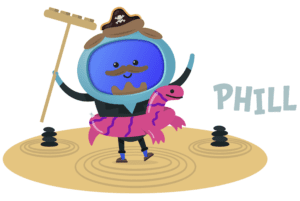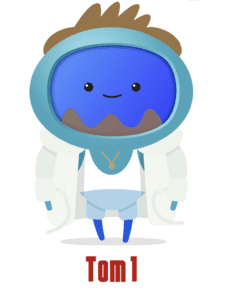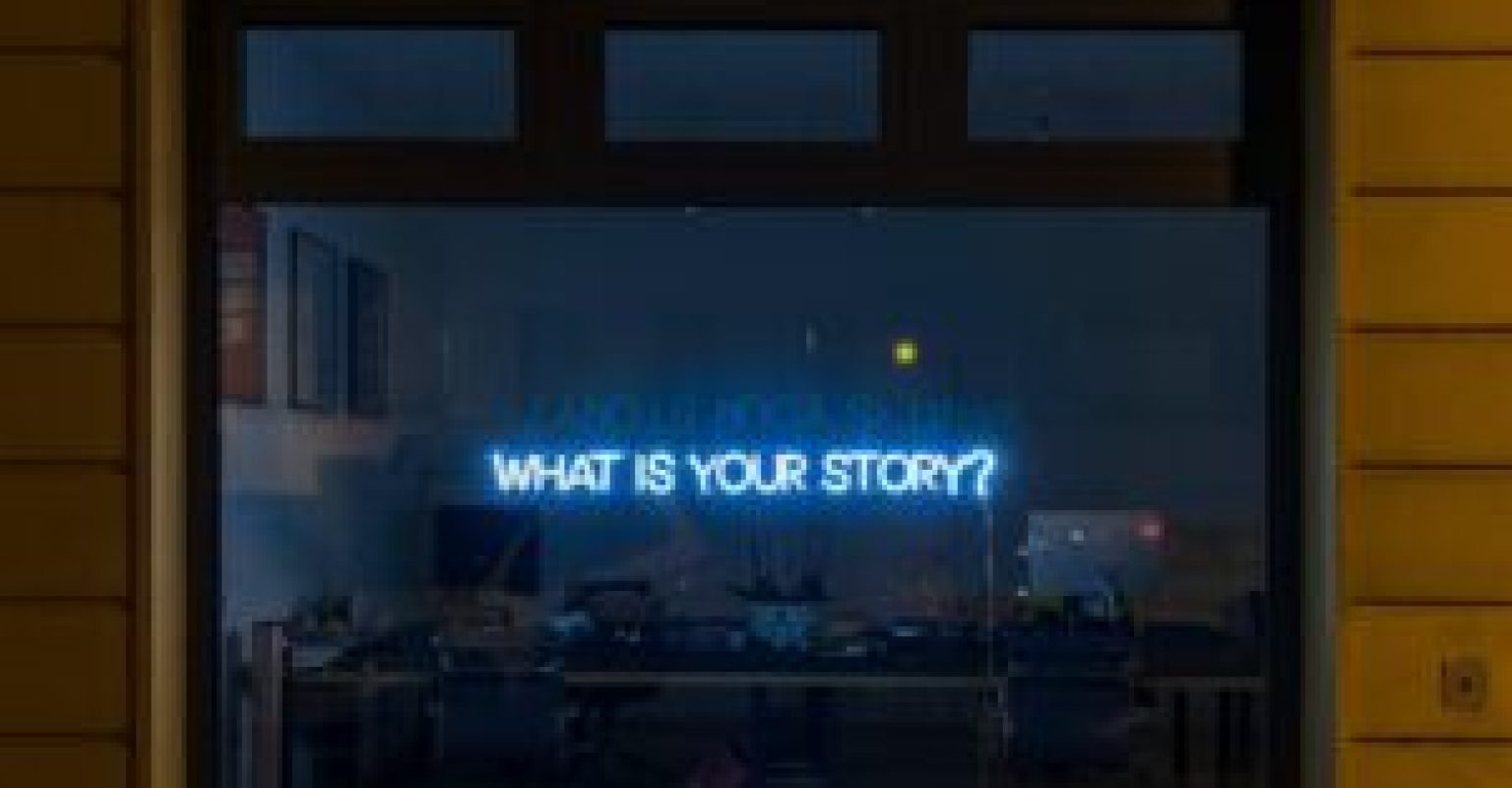Using stories to make learning less ‘cold’
When I was a trainer, I told the same story all the time when teaching people about opening a new account for a customer. The story was about someone who had just moved into their new home. Naturally, they were excited as well as stressed from all the unpacking of boxes. Whilst doing so they decided they had to call everyone to change their address. Oh, the call after call for the same thing! Remind me why I moved? Then it starts… the confirmation emails or letters come through and the name is spelt wrong because the customer rep didn’t check it. 1, 2, 3 emails now all with the wrong spelling and the only way to fix it is another call to each provider. You can only image how those calls went and how ‘happy’ the customer was on those 3 phones calls! But also, what a waste of time and money for the business. If they just checked the spelling rather than assume they knew all of this could have been avoided. Moral of the story, check how to spell my name. Yes, the person in the story was me. Phill. Phill with two L’s (because I’m a pain – also backed up by Tom Moore, who can verify that said Phill is a pain) and I’ve spent most of my life living with spelling my own name wrong for the sake of not having to deal with the tedious task of changing it all. I even spent 6 years with my name wrong on a company email address!
So, why am I telling you this? Well in isolation the learning point is simple. Check how a customer spells their name every time. Even if you think you know. It stops repeat calls, potential complaints and getting off on the wrong foot with a customer. But this delivery method is very fact based, cold and doesn’t demonstrate the real impact and importance. However, add the story in to the mix and suddenly the learning becomes real with emotion and instantly more relatable. You can see how this tiny thing translates to the real world and how one small thing has knock on effects. Stories are powerful things in learning that help translate facts, processes, and skills into memorable contextualised learning.
Stories are all around us
Sometimes when people think of using ‘stories’ in learning they think it’s a long-winded way of saying something or an ambiguous link between something obscure and the content. Maybe you think that time is precious so give it to them straight. But stories are all around us in our content. Of course, the learning is always the hero, so let that drive where your stories sit. Just remember the purpose of a story – to help support retention, contextualise and humanise learning. When we talk about utilising stories in learning courses there are multiple different ways to do this:
- A theme and story that aligns to key learning points. For example, robot wars for abrasive wheels as many people used them on their fighting bots (we have a course on just that and yes that’s a shameless plug)
- A personal story. Emotion is powerful and topics need to be given the care they deserve. For example, telling and showing the story of someone struggling with depression. You tell the story of how they feel, their life rather than stating facts about depression
- Pockets of stories. Dry content such as Health and Safety regulations or very law heavy content can be hard to find a ‘story’ in. But small stories throughout can be found like what happened next because of your chosen action or behaviour.
Making learning content that works
There are so many ways to design and make a learning course. We all learn at different speeds due to past knowledge, the environment we are in and even how we feel at the time. Some things we can’t control when designing a great course. But, regardless of all these factors there are some core things that every course needs to be, or have:
- Content that enables someone to do a skill, process or behaviour better than before the course. There’s no point knowing a ‘theory’ and not being able to ‘apply’ it.
- Engage learners and demand their focus in a busy world full of distractions. If they’re not engaged, they’re not retaining anything. This is where the power of stories, visual communication and many other methods come in to play
- Accessible content. If it’s too hard to get to the content the learner wants, they’ll simply give up. You want learners to be able to focus on the learning and not how lost they are in your course
- Likewise, don’t get too carried away with the fun. Learners need to learn from the content and have fun whilst doing so
About the authors

With many years of experience in the learning space working with internal L&D teams as well as being external partners for L&D teams – Tom and Phill have plenty of knowledge to share. We know there are massive amounts of theories, models and practices when it come to learning design theory and in this upcoming webinar Tom and Phill are opening the doors in a ‘Fireside Q&A’ to get to the heart of what you want to know around storytelling and learning design best practice.
Tom Moore and Phill Lord-David are part of the innovative team at iAM Learning – creators of engaging animated eLearning content. Everyone at iAM is passionate about making learning that results in real actionable change within the workplace, and continuous personal improvement.




